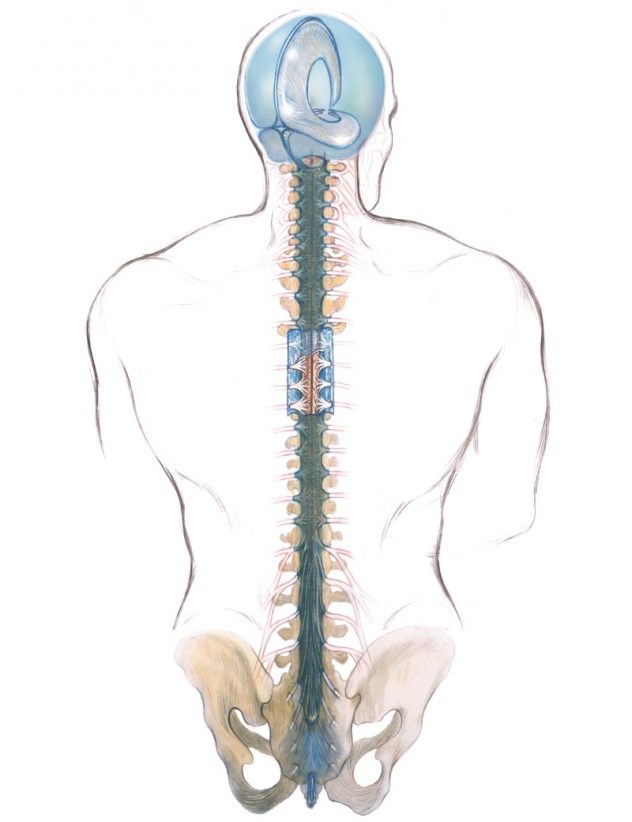With its origins in Osteopathy, Craniosacral Biodynamics is a profound and subtle manual therapy that accompanies and supports physical, energetic, emotional and mental healing processes.
It treats human beings as a complete, interrelated system since anatomically it focuses on the Craniosacral System (Skull, spine, pelvis, sacrum, brain, spinal cord, cerebrospinal fluid and meninges), affecting the entire Central Nervous System and therefore the whole body.
The practitioner makes gentle contacts in the anatomical structures of the client to listen to the body with their senses in a deep meditative state of presence and acceptance. Listening without judgment, respecting the client’s time, boundaries and needs; and the knowledge of anatomy and its rhythms, is what allows the practitioner to assist these processes.
It has the beauty of taking us back to the body, enabling us to listen and feel ourselves deeply, to connect with our own resources and vital force, giving us the possibility of profoundly changing the way we relate to ourselves, to our health, to our environment and the people around us.
It can be very beneficial for chronic pain, effects of stress, fibromyalgia, physical and emotional trauma, anguish, post-surgery, sinusitis, tinnitus, bruxism, sciatica, among others. It is appropriate for people of all ages, even during pregnancy and postpartum.
A session begins with a conversation, then the client lies on a massage table fully clothed for the hands-on session to begin with a gentle contact. It will last approximately an hour and a half. The amount and frequency of sessions will depend on the client's present condition, the time and depth of its manifestations and the response that each person has to the sessions.

